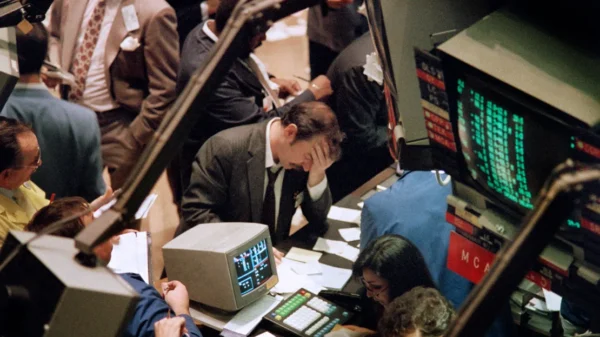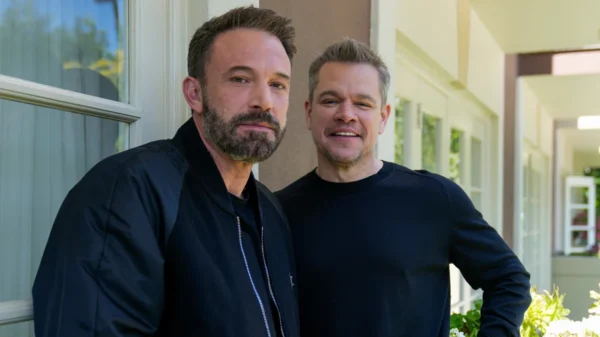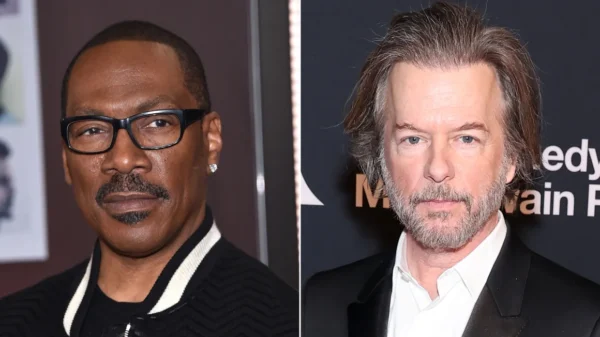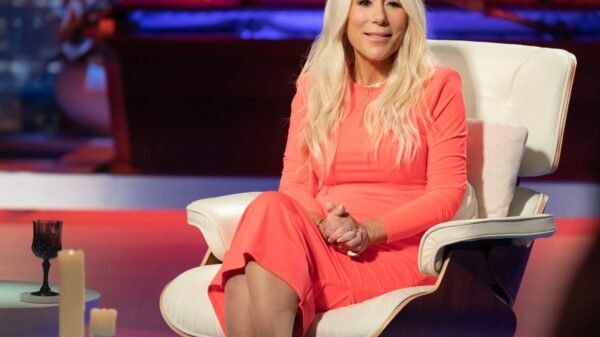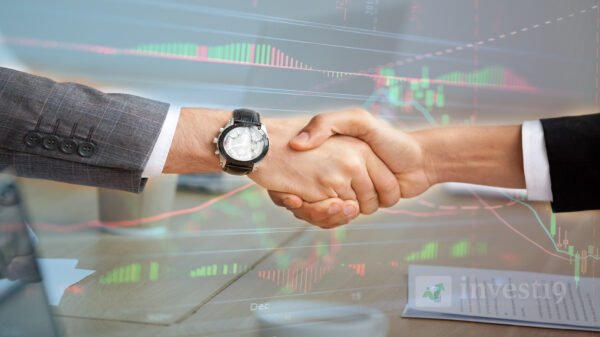The Role of Consumer Spending in the US Economy
Consumer spending is a cornerstone of the US economy, constituting approximately 70% of the Gross Domestic Product (GDP). Historically, the strength of consumer spending has been a reliable barometer of economic health, driving stability and growth even amid global challenges. This significant contribution underscores why economists and policymakers closely monitor consumer behavior as a key indicator of economic performance.
The historical context of consumer spending reveals its indispensable role in the economic narrative of the United States. From the post-World War II boom to the digital revolution, periods of robust consumer spending have often coincided with economic prosperity. Conversely, downturns in consumers outlay have frequently heralded recessions, such as the Great Recession of 2008, when a drastic reduction in consumer expenditure exacerbated the economic crisis.
Consumer behavior is pivotal for economists and policymakers because it offers insights into future economic trajectories. By analyzing spending patterns, they can forecast economic trends and tailor policy decisions to foster economic stability. For instance, during economic slowdowns, stimulus measures such as tax cuts or direct financial aid can be implemented to boost consumer spending and, by extension, the broader economy.
Several factors drive consumer spending, chief among them being employment rates, income levels, and consumer confidence. High employment rates naturally lead to higher disposable incomes, enabling more spending on goods and services. Similarly, income levels directly influence purchasing power; higher incomes typically result in increased spending. Consumer confidence, which reflects the overall sentiment about the economy’s future, also plays a crucial role. When confidence is high, consumers are more likely to spend, whereas low confidence can prompt a saving mindset, reducing expenditure.
Understanding these dynamics is essential for developing effective economic policies. By closely tracking these factors, policymakers can devise strategies to stimulate consumer spending, thereby promoting economic growth and resilience in the face of global challenges.
Recent Trends and Concerns in Consumer Spending
Recent data indicate a notable deceleration in consumer spending growth in the United States, raising concerns about the broader economic implications. Bank of America CEO Brian Moynihan has highlighted this trend, pointing out a significant reduction in the pace of consumer purchases. Over the past year, consumer payments via credit cards, checks, and ATM withdrawals have risen by only 3.5%, a marked decline from the 10% growth observed in the previous year. This slowdown suggests a shift in consumer behavior, potentially influenced by various economic factors including inflationary pressures and market uncertainties.
One prominent trend is the shift in spending patterns among high-income Americans, who are increasingly gravitating towards discount retailers. This behavioral change could be indicative of a more cautious approach to spending, possibly driven by concerns over economic stability and future financial security. The inclination towards value-oriented purchasing suggests that even the affluent segment is not immune to the prevailing economic sentiments.
The implications of this slowdown in consumer spending are multifaceted. A reduced rate of consumer expenditure could lead to slower economic growth, given that consumers outlay is a significant driver of the US economy. Businesses may experience lower revenues, which could, in turn, affect investments and employment levels. Additionally, the shift towards discount retailers might impact high-end retail sectors, potentially leading to broader market adjustments.
If this trend continues, the US economy could face several potential scenarios. On one hand, a prolonged slowdown in consumer spending might necessitate policy interventions to stimulate economic activity and restore consumer confidence. On the other hand, businesses may need to adapt by focusing on cost-efficiency and value propositions to attract cautious consumers. The evolving landscape of consumer spending will undoubtedly require close monitoring to understand its long-term effects on the economy.











